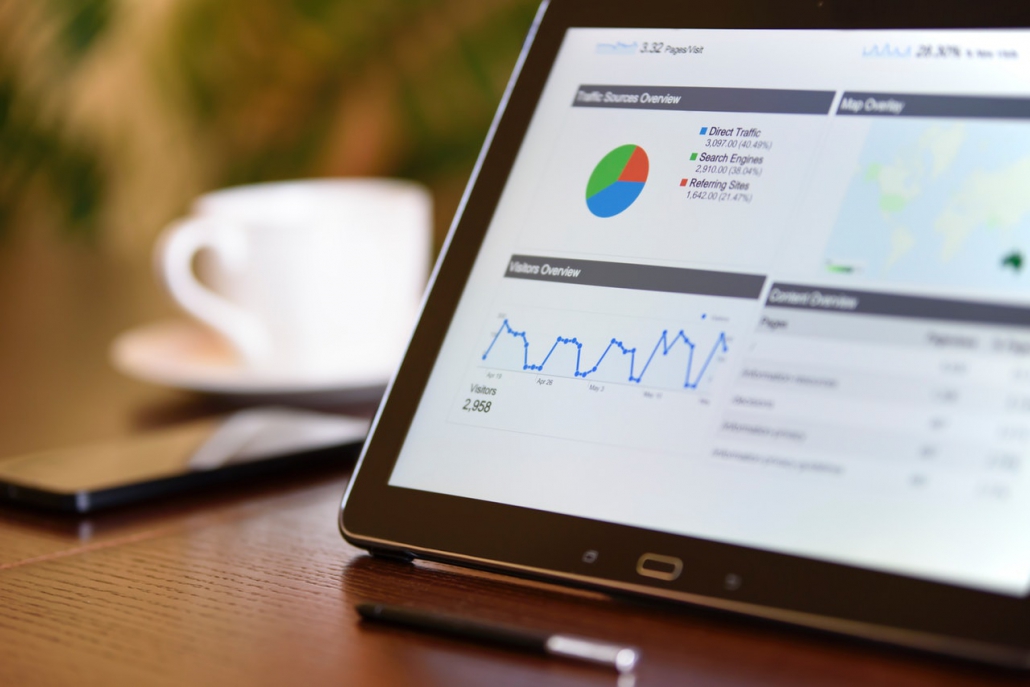Starting Metrics to Look at When Beginning SEO
SEO is tough for beginners. There is a lot of work needed to get a site ranking well in Google. There are also a lot of metrics that need to be tracked in order to make SEO a success.
When it comes to looking at what metrics to track and how to track them, it can be hard to know where to start. That’s why we’re going to be covering the basic metrics you should be focusing on when starting on your SEO journey.
Organic traffic
The aim of SEO is to get more organic traffic; that is traffic from search engines like Google as opposed to traffic from Facebook, from ads or from people who come to your site directly.
The reason that there is a whole industry devoted to SEO is that organic traffic is some of the most valuable traffic there is. It’s free for one thing and users often have a high level of intent. That means they want to find out something specific or buy something. Checkin your organic traffic levels is a great way to see if your SEO efforts are having an effect. If you see traffic levels rising, you can be sure that what you are doing is paying off.
Keyword rankings
Keyword rankings are another absolutely critical SEO metric that you need to be looking at. You are definitely going to have a target list of keywords that you want to rank for, so it is important to understand just how well you are ranking.
A good keyword rankings tracker will be able to handle this automatically, as well as show you the history of each keyword’s rankings and alert you to any pages that have suffered a drop in rankings.
Organic click-through rates
Your organic click-through rate refers to the number of people who click on your page’s link in Google over the total number of people who have seen that search result. It demonstrates how attractive your website looks to searchers. The higher the click-through rate, the better.
Part of your CTR will depend on how well you rank in Google. Obviously, the nearer the top of the page you are, the more clicks you’ll get. But it can also be improved by having engaging and enticing page titles and meta descriptions.
Bounce rates
Your website’s bounce rate is the percentage of people who visit it and then leave without taking any action. Naturally, you want this to be as low as possible as you want people to hang around on your site and eventually buy something.
Pages per session
Pages per session refers to the number of pages a visitor looked at in a single session. This is typically given as an average so you can see how well your site does overall. You can also look at this specifically to see the journey a visitor took when they landed on your website. This can help you to make it more user-friendly and encourage more users to look at more pages.



